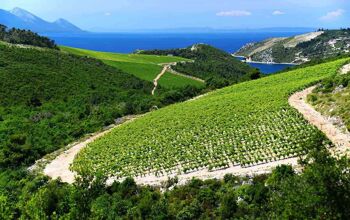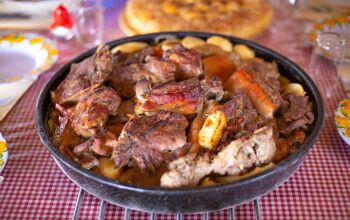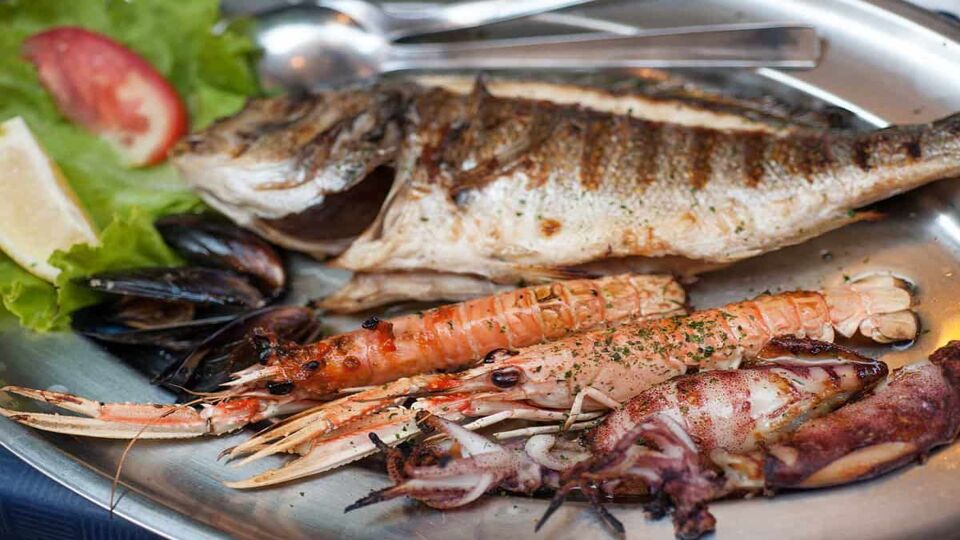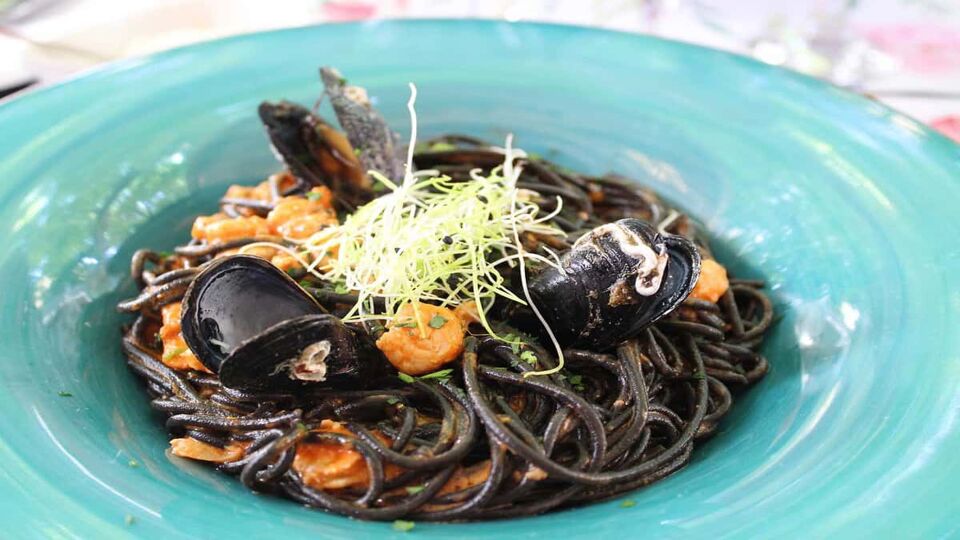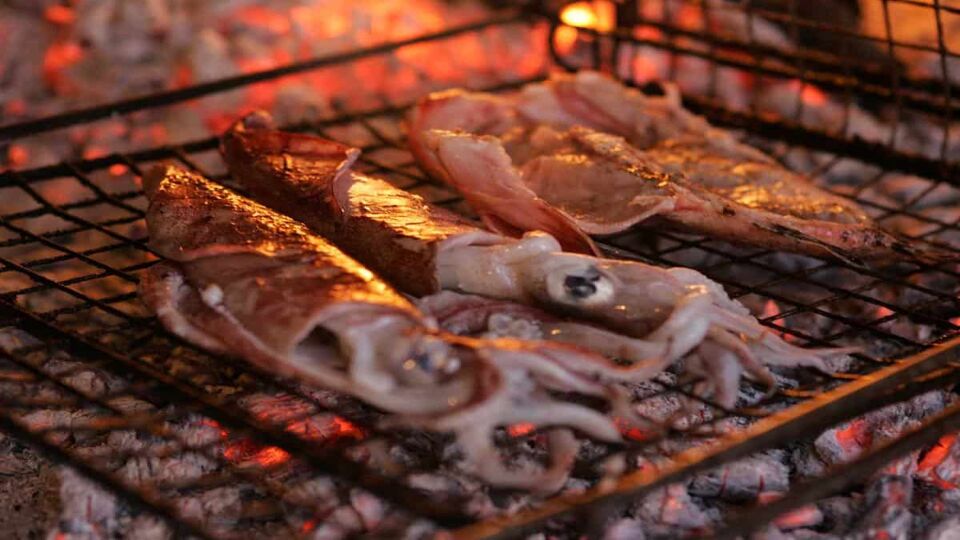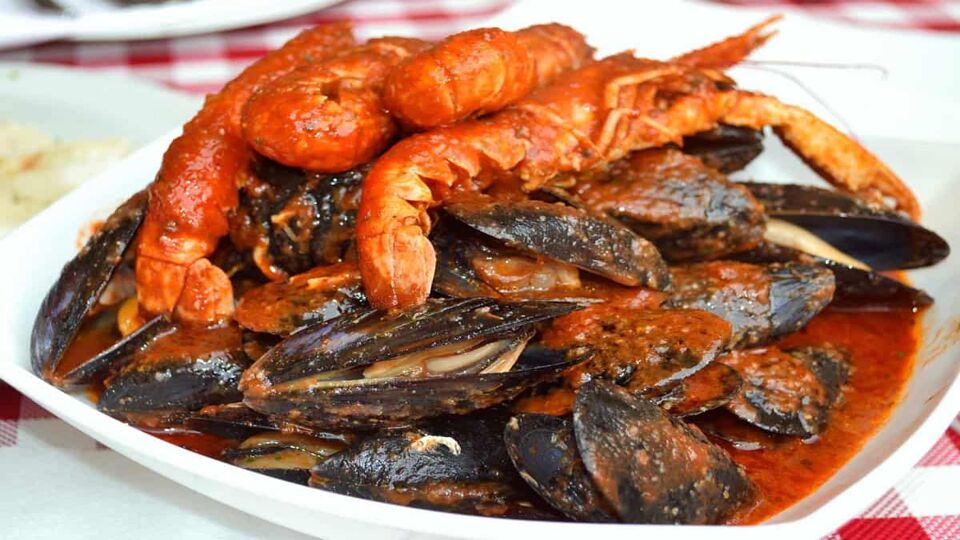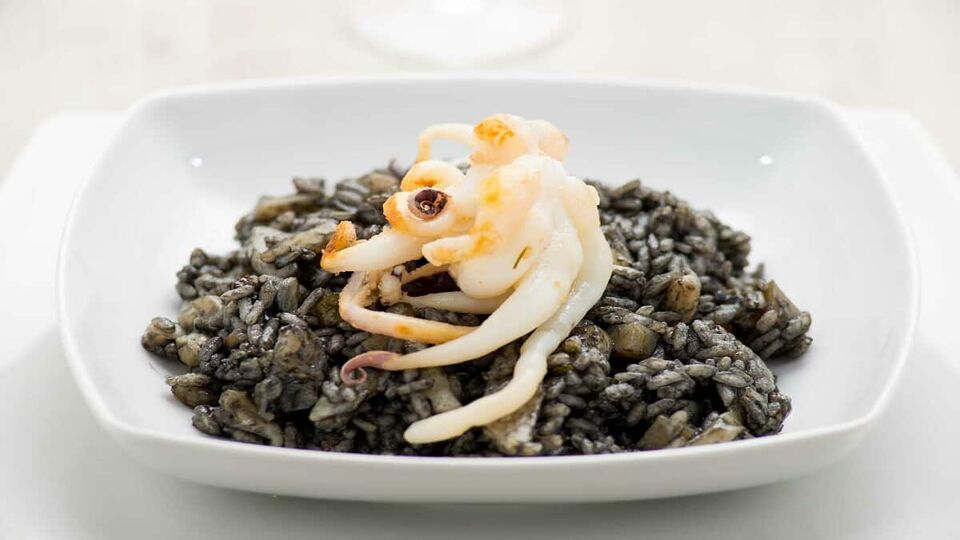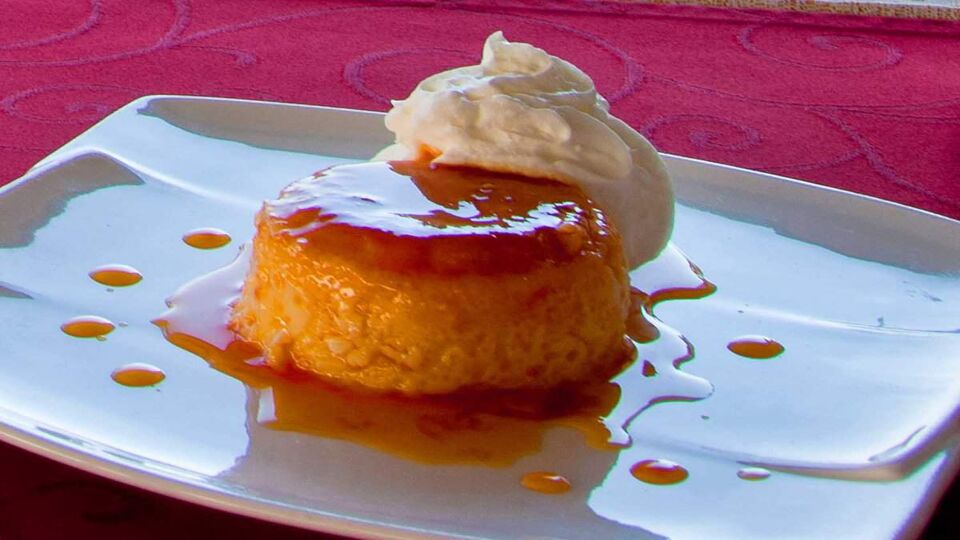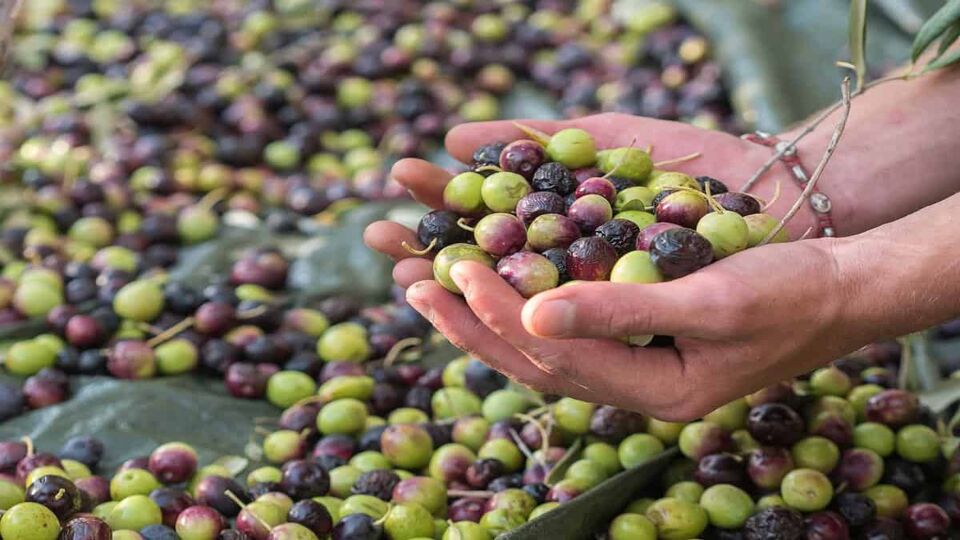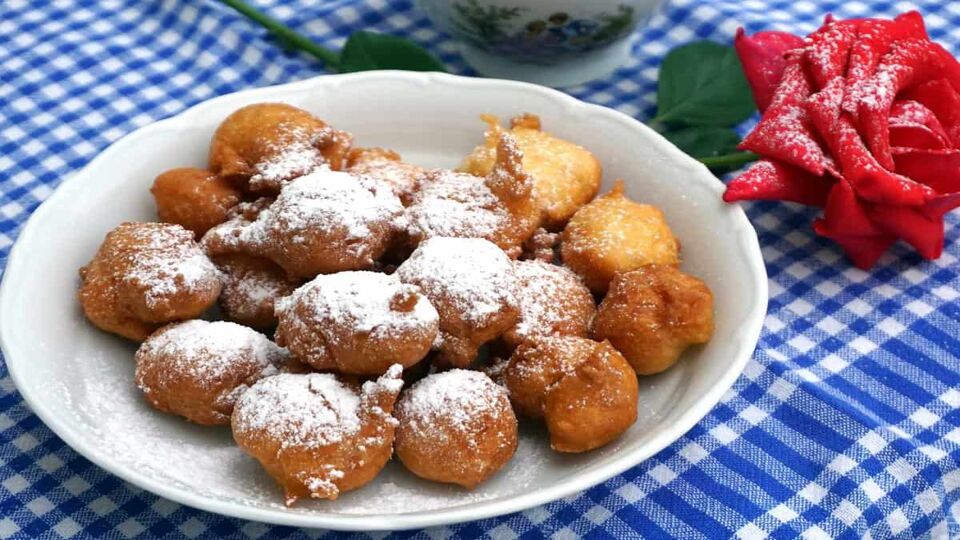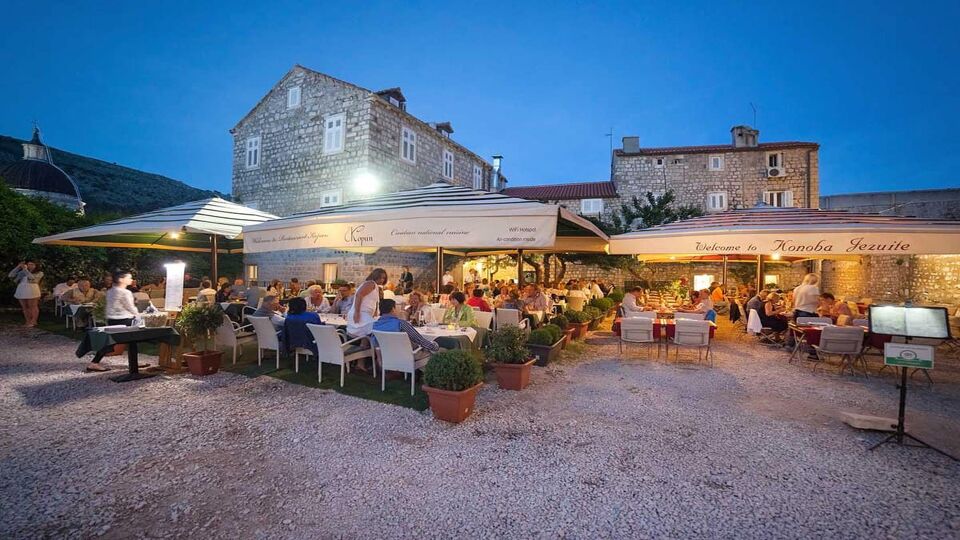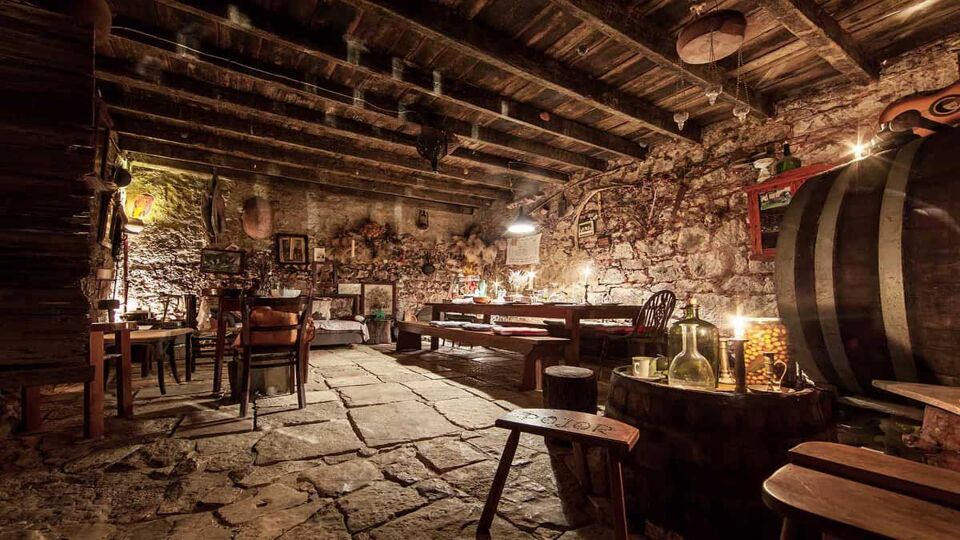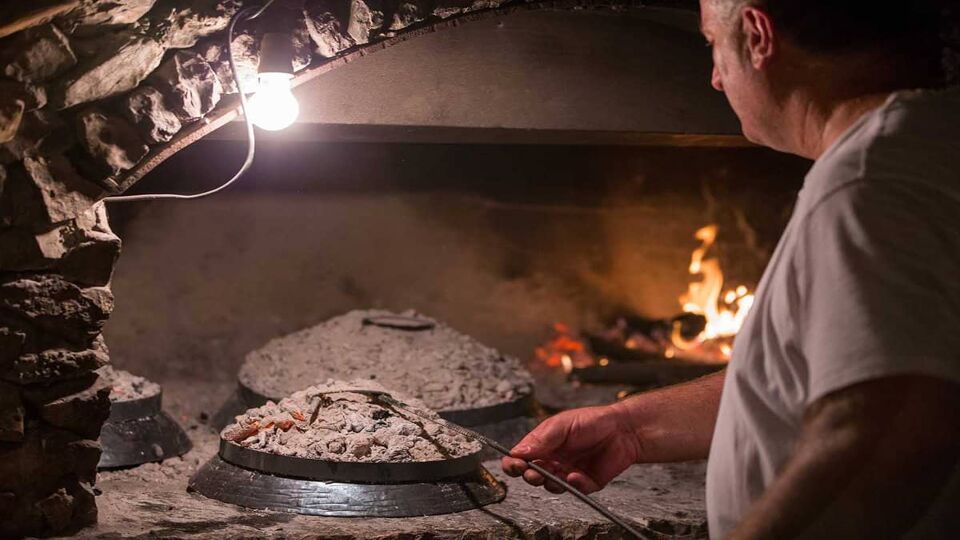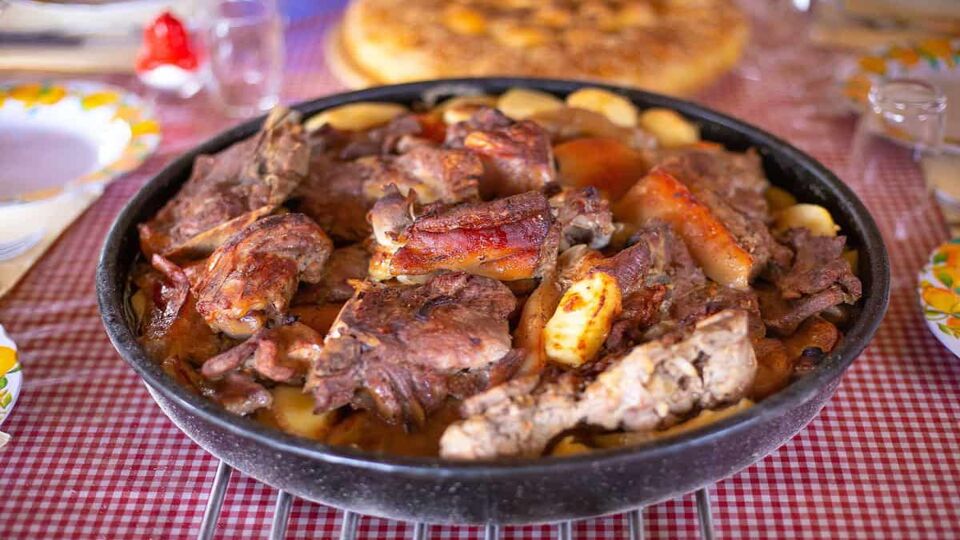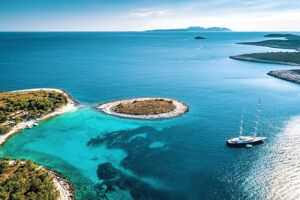Dalmatia, Croatia
Croatia has a long history of wine making, stretching back some 2,500 years, with many indigenous grape varieties still in use. (Croatia is also home to the oak forests that produce most of the oak casks favoured by wine producers across Europe).
Sprinkled throughout the islands are a number of excellent family-run vineyards open to the public during the summer. Tastings of the region’s truly excellent wines usually takes place in a stone cellar, where the wines are stored, often accompanied by platters of savoury nibbles.
If you’re lucky (and you often will be), the winemaker will be present to explain something about the winemaking process and the history of the vineyard.
Good for age: 18+

